Elevate your home with expert tips on stylish décor, kitchen upgrades, and bedroom makeovers. Discover furniture ideas and real estate insights!
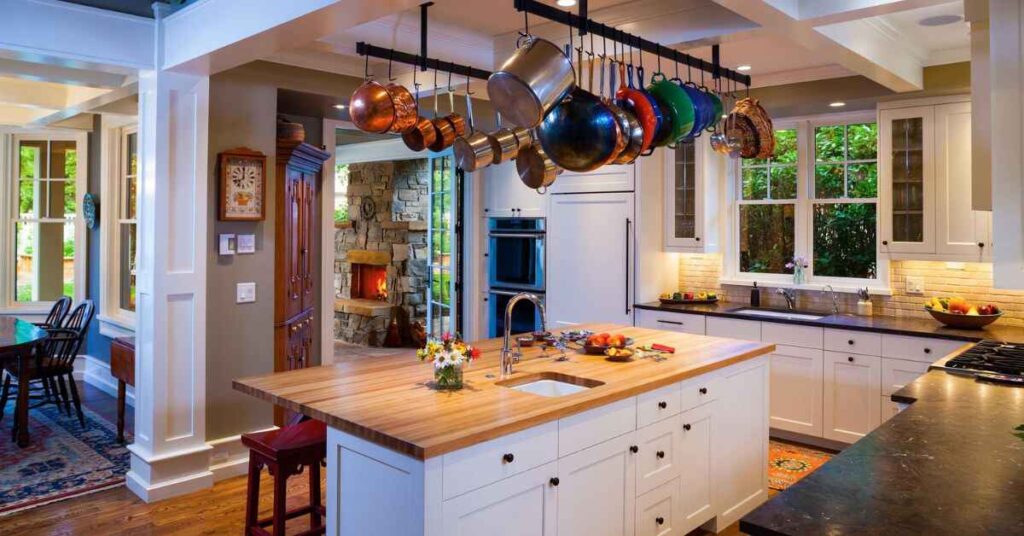
The kitchen house, once a staple in colonial America refers to a separate building used primarily for cooking.They will also ensure that the heat and all the possible causes of fire are well bar from the main residents area. Now the very term of a kitchen house is associated with the notion of a dwelling’s core versatile room where cooking, eating as well as spending time with other family members happen at the same time.
For many characters the kitchen house is the center of the world where meals are turned into comforts, and words exchanged with family are precious. More than a kitchen it is the heart of the home, a place where life and memories are created. In this space, food and socialization are essentially, and love is never far away from the table.
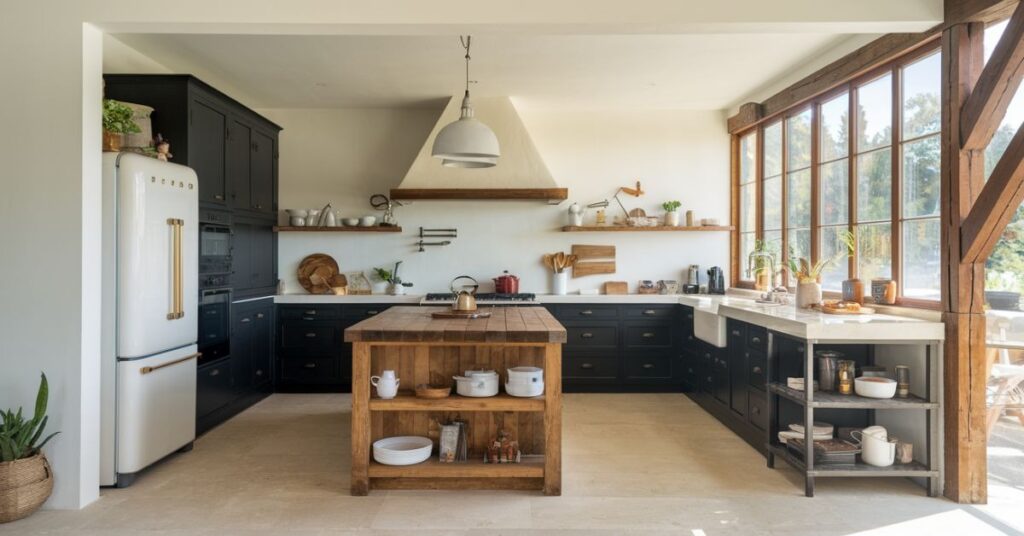
Future kitchen houses will integrate advanced smart technology, from refrigerators that suggest recipes based on available ingredients to voice activated appliances that simplify cooking. These innovations will streamline tasks and enhance kitchen efficiency.
As environmental awareness grows, kitchen houses will feature eco-friendly materials and energy efficient appliances. Expect to see sustainable practices like water saving fixtures, low-energy lighting, and recyclable materials becoming standard.
The kitchen house of the future will blend cooking, dining, and entertaining areas into one cohesive space. Designs will focus on versatility, allowing the kitchen to serve multiple functions while accommodating various activities and gatherings.
With urban living spaces becoming more compact, future kitchen houses will incorporate space-saving designs. Innovations like modular furniture and retractable fixtures will maximize functionality while minimizing clutter.
Future kitchen houses will focus on promoting healthy lifestyles with features such as built in nutritional analysis tools and ergonomic designs. Expect kitchens to support wellness goals through improved food preparation and storage options.
Also Read This Blog: Blue kitchen cabinets ideas
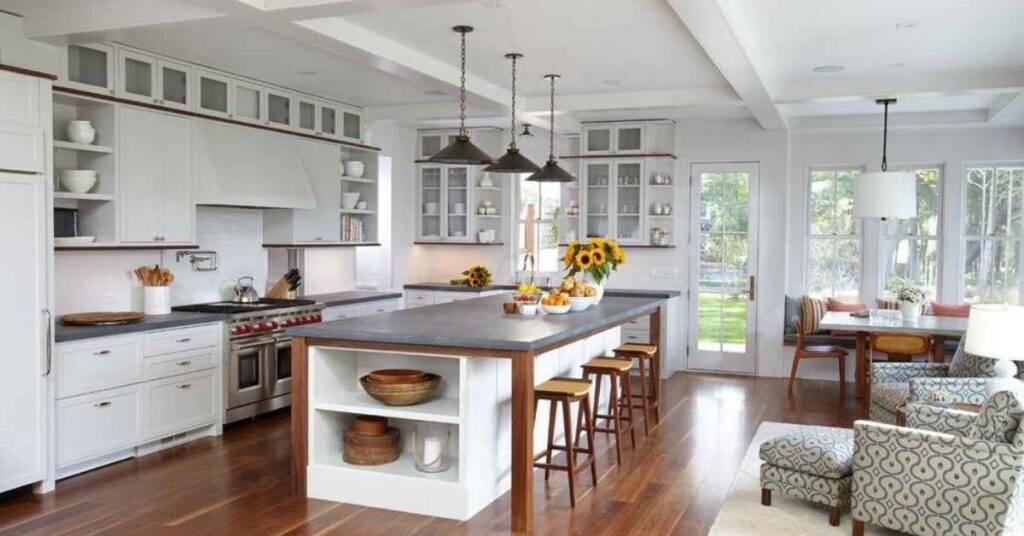
The theme of The Kitchen House focuses on the intricate dynamics of family and social hierarchy. It examines how relationships are influenced by class and race, highlighting the struggles of individuals to find their place within these constraints.
Another key theme is the quest for personal identity amidst adversity. The story portrays how characters grapple with their sense of self and belonging while confronting the challenges imposed by their circumstances and upbringing.
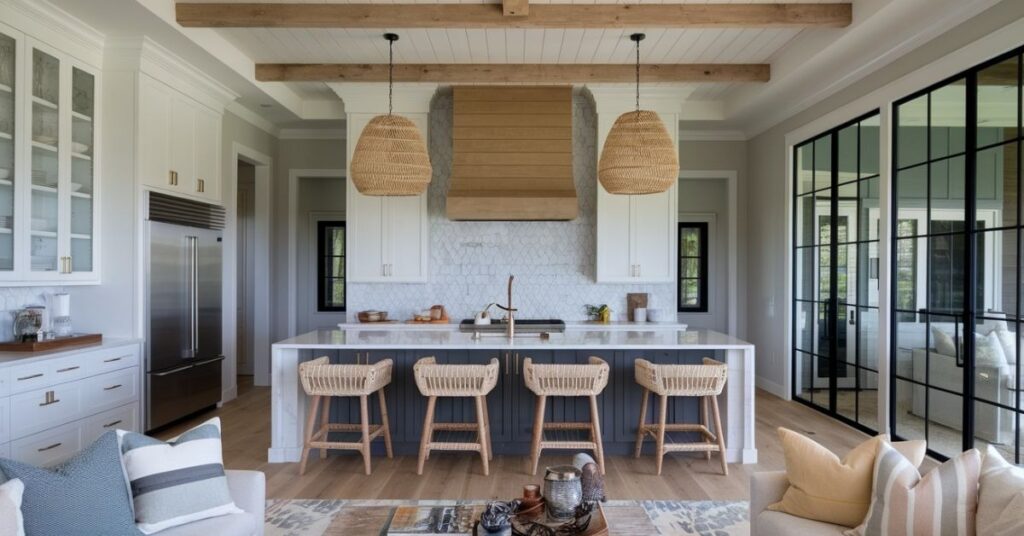
There is no direct sequel to The Kitchen House by Kathleen Grissom. The novel concludes with the characters stories wrapped up, offering a complete narrative arc within its pages. Readers looking for a continuation of the story will find that the book itself does not have a follow-up that extends beyond its ending.
However, Kathleen Grissom has written a related novel titled “Glory over Everything: Beyond The Kitchen House.” This companion book explores the life of a character from the original novel, delving into their backstory and expanding on the themes and setting established in “The Kitchen House.” It provides a broader context and additional depth to the world Grissom created.
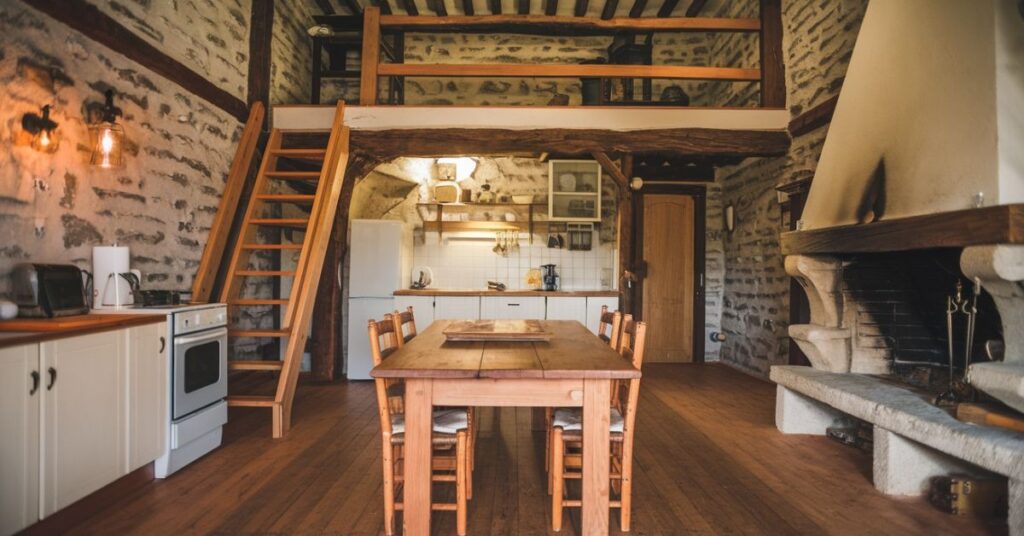
The design elements of “The Kitchen House” are deeply influenced by the historical context in which the novel is set. The architecture often reflects the period’s social and cultural norms, featuring elements like large, functional spaces and traditional furnishings that highlight the class and status of characters within the story.
Additionally, the design elements in the novel emphasize the separation between different social classes, with distinct areas for the kitchen and living spaces. This segregation in design underscores the novel’s themes of hierarchy and family dynamics, illustrating how physical spaces mirror the social structures of the time.
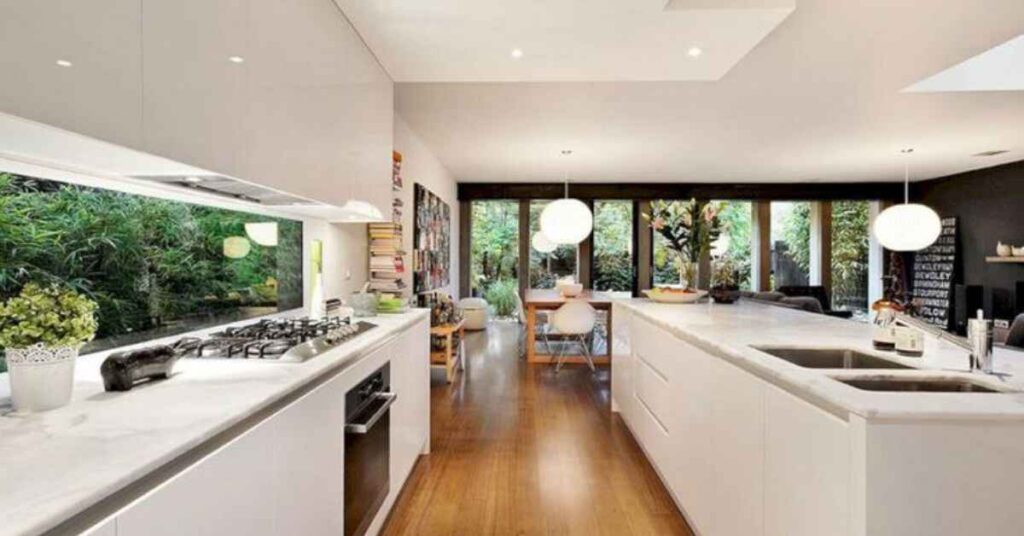
Modern kitchen houses are increasingly incorporating smart technology, such as voice activated appliances and touchless faucets. These advancements make cooking more efficient and convenient, allowing homeowners to control devices remotely and automate tasks.
There’s a growing focus on eco-friendly materials and energy-efficient appliances in kitchen house design. This includes using recycled materials for countertops and installing low-energy lighting to reduce environmental impact and enhance sustainability.
Contemporary kitchen houses often feature open-concept designs that merge cooking, dining and living areas. This trend fosters a more social environment, allowing for easier interaction and multitasking while making spaces feel larger and more inviting.
The minimalist trend is prominent in modern kitchen houses, characterized by sleek, clean lines and a focus on simplicity. This design approach minimizes clutter and emphasizes functional, yet aesthetically pleasing, spaces.
Modern kitchens are designed with ergonomics in mind, incorporating features like adjustable countertops and pull-out shelves. These elements improve accessibility and comfort, making the kitchen more user-friendly for people of all ages and abilities.
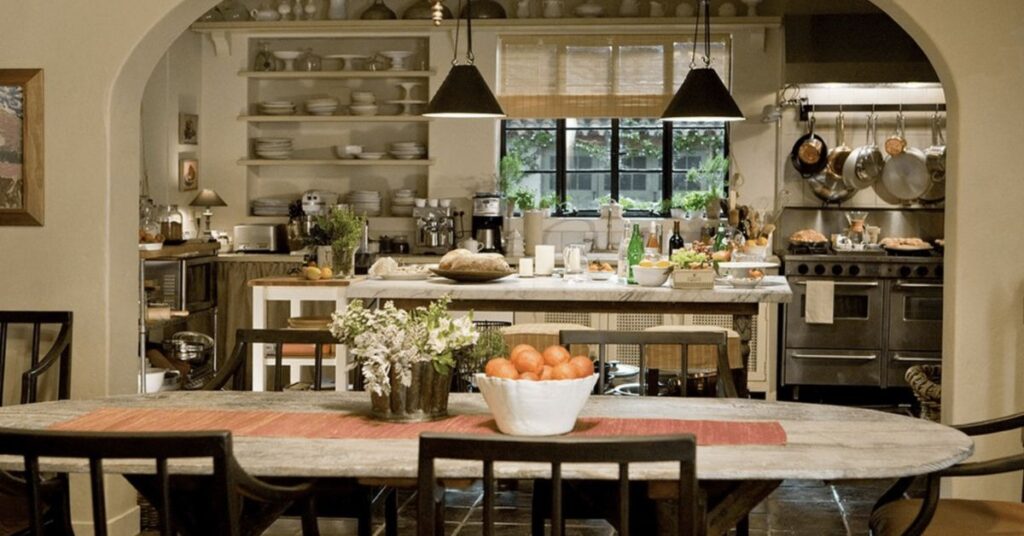
There is currently no movie series adaptation of “The Kitchen House” by Kathleen Grissom. Despite the novel’s engaging storyline and vivid characters, it has not been translated into film or television, leaving its narrative exclusively within the pages of the book.
The absence of a movie series means that readers experience the story through Grissom’s detailed prose, without the visual interpretation of characters and settings. The book’s impact remains within its literary form, allowing readers to visualize the story based on their imagination and the author’s descriptions.
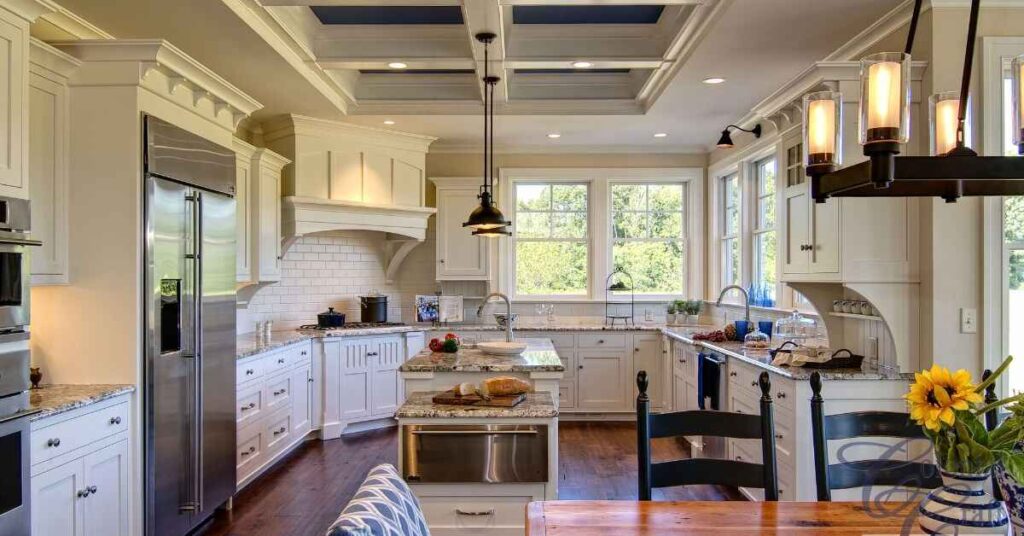
The Kitchen House vividly portrays the complexities of Southern life during the era of slavery. Its detailed depiction of historical and social issues offers readers worldwide a window into this pivotal period in American history.
The novel addresses universal themes such as family, identity, and resilience. These themes resonate across different cultures, making the story relatable to a global audience despite its specific historical setting.
Readers from diverse backgrounds find significance in the novel’s exploration of personal identity and social roles. The way characters navigate their identities within oppressive systems speaks to broader experiences of marginalization and self-discovery.
The Kitchen House” is utilized in educational contexts globally to facilitate discussions on historical and social issues. Its portrayal of historical injustices and complex social structures enriches understanding in various cultural and academic settings.
The novel has been translated into several languages, allowing it to reach a broader audience. This international accessibility helps spread its impact, fostering cross-cultural discussions about its themes and narratives.
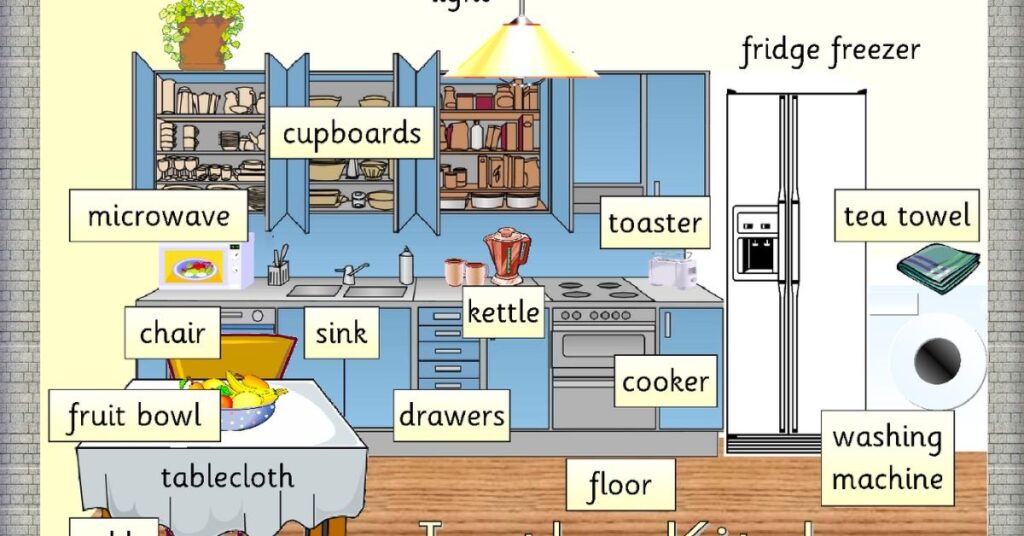
“The Kitchen House” centers around Lavinia, an orphaned Irish girl who is sent to live on a Southern plantation in the early 19th century. She becomes a part of the kitchen staff, living among the enslaved people and experiencing the complexities of plantation life through their eyes.
As Lavinia grows up, she navigates her place within the household’s rigid social hierarchy, developing close relationships with both the enslaved and the wealthy members of the family. The plot unfolds through her struggles and triumphs, revealing the intricate dynamics of race, family, and personal identity in a tumultuous historical context.
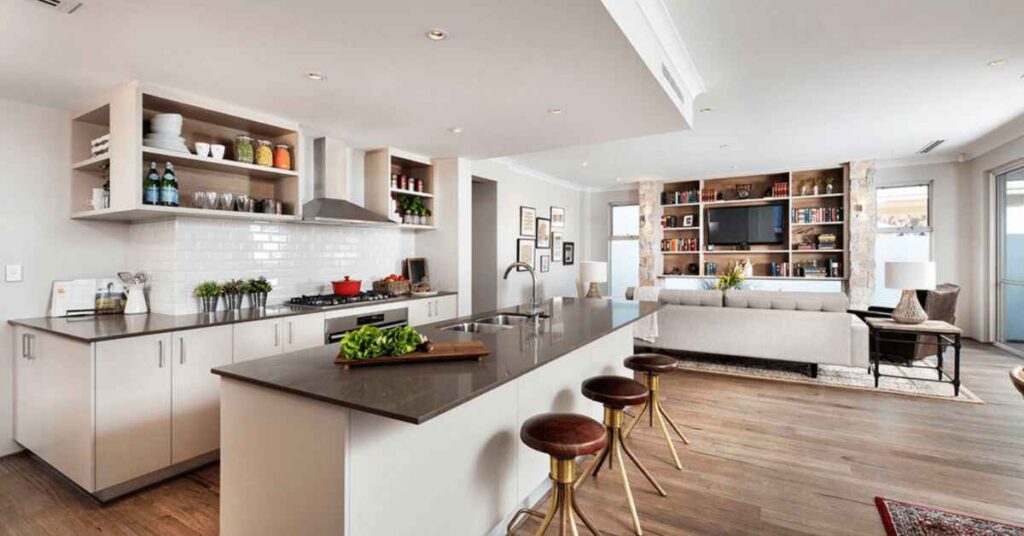
In The Kitchen House the kitchen has been adopted as one of the most significant socio-technological arenas through which many of the novel’s interpersonal relationships are depicted. It is not only the area designated for cooking; this is the place where the main character, Lavinia, develops interpersonal relationships with the slaves and starts seeing how other people’s lives depend on her and benevolently guided in the understanding of the hierarchical social structure at the plantation.
The kitchen also corresponds with the issue of social roles and relations in the framework of the novel. It turns into a setting of the relations between the upper and the lower ten, putting accent on the similarities and differences between the Moreno family and the slaves that work for them, which reveals large-scale themes.

The primary purpose of the kitchen is to facilitate meal preparation and cooking. It’s equipped with essential appliances like stoves, ovens, and refrigerators, making it the focal point for creating meals and managing food resources.
The kitchen often serves as a gathering place for family and friends. Its design frequently includes dining areas or breakfast nooks, encouraging social interaction and making it a central hub for daily activities and conversations.
A well-designed kitchen provides ample storage for food and kitchen supplies. Cabinets, pantries, and countertops help keep ingredients and utensils organized, ensuring that everything needed for cooking is readily accessible.
The kitchen plays a crucial role in maintaining cleanliness and hygiene. Features like sinks, dishwashers, and waste disposal systems are integral for washing dishes, managing waste, and keeping the space sanitary.
The kitchen’s design contributes to the overall aesthetics and functionality of the home. It blends style with practicality, incorporating elements that reflect personal taste while optimizing space for efficient use and convenience.
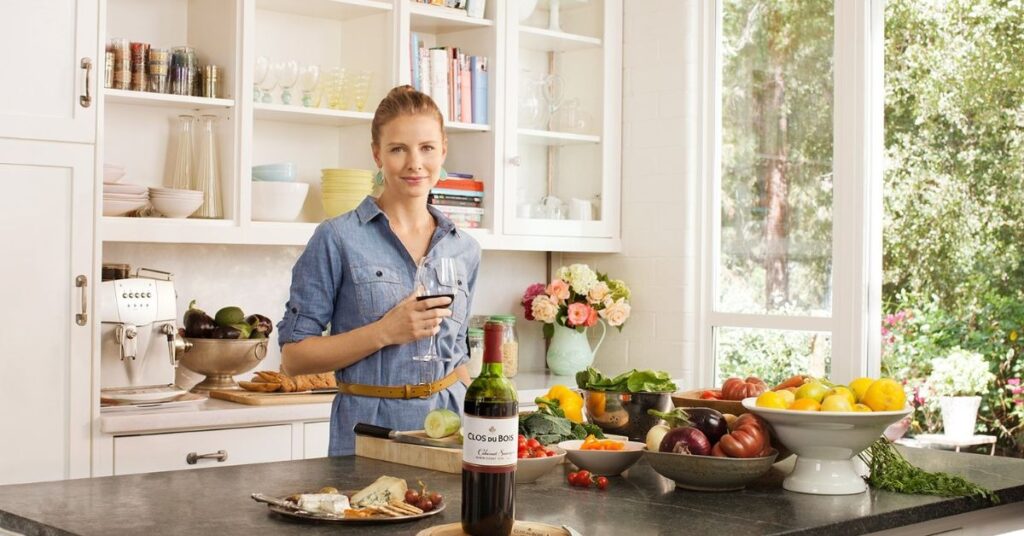
”The Kitchen House” introduces a large cast of characters, while all of them participate in the story in their way. One of the main characters is Lavinia, the Irish girl who becomes an orphan; she is a complicated character in relation to her position in the plantation’s household. She is the protagonist who brings out major feeling in the novel through her experiences as well as relationships.
Other characters are Belle, an Nigua who raises Lavinia as her own daughter, and the members of the master’s household the entire family being portrayed with rich individuality. All these Characters realistically relate in their respective mannerisms and this brings out the social and racial relations of the period encompassed in this novel while enhancing the thematic areas of focus such as family and loyalty, and power.
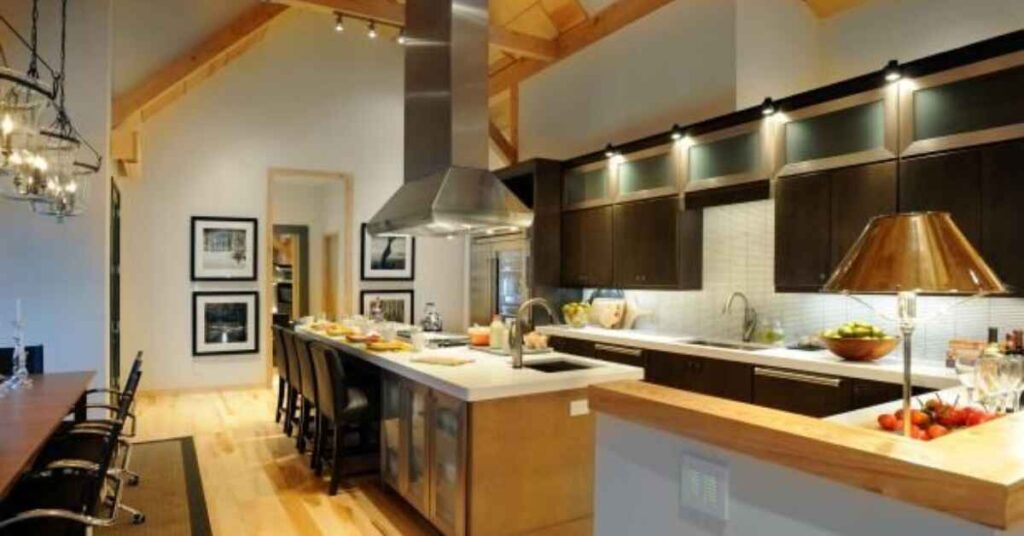
This style features classic elements like a large hearth, wooden cabinetry, and a farmhouse sink. It often includes a central cooking area with space for gathering, reflecting a cozy, communal atmosphere typical of historical homes.
Characterized by sleek lines and minimalistic design, modern kitchens often incorporate high-tech appliances, open-concept layouts, and sustainable materials. This style emphasizes efficiency and contemporary aesthetics.
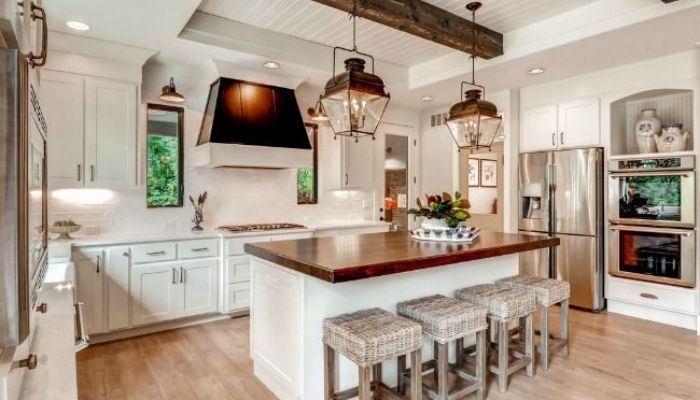
Known for its rustic charm, the country kitchen house includes elements such as distressed wood, vintage appliances, and plaid textiles. It creates a warm, inviting space that feels both homey and nostalgic.
Featuring raw materials like exposed brick, metal fixtures, and concrete countertops, the industrial kitchen house combines a utilitarian design with an urban edge. This style is popular in lofts and renovated warehouses.
This design incorporates elements like terracotta tiles, arched doorways, and vibrant colors. It emphasizes a connection to outdoor living with features like large windows and open spaces that bring in natural light and scenic views.
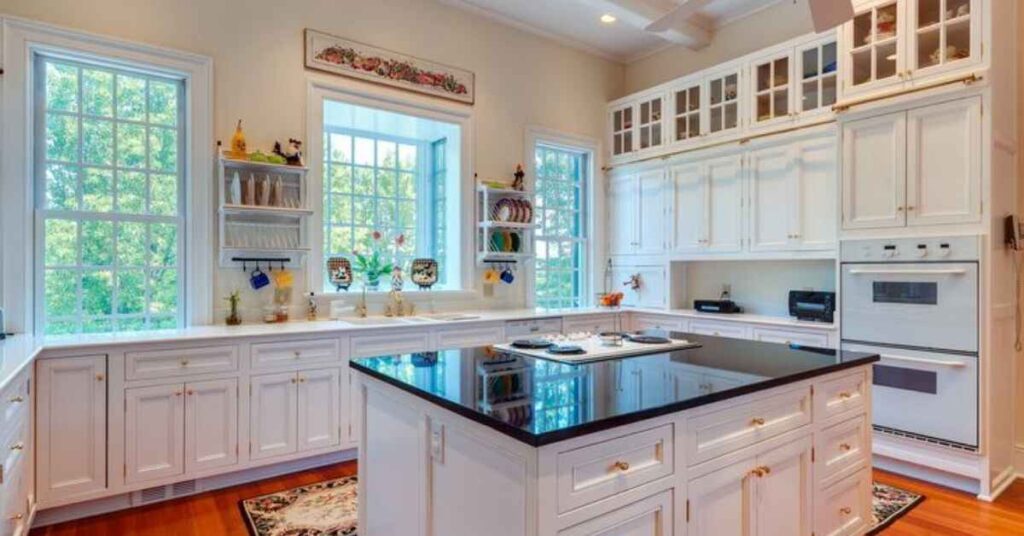
What is a Kitchen in the Corner of the House” by Ambai is a rather painful attempt to depict the life of women and their position in Indian families. The impact of the narrative is closely associated with the exploration of women whose roles are still reduced to the ones of wives and mothers confined within the domestic spheres with a kitchen as a symbol of the sphere they are allowed to occupy.
The power and social relations of confinement, for the polesal aims of postcolonial nations, are issues addressed in the narrative; so do identity and resistance. Drawing examples of everyday life and individual and household problems, the story reveals the difficulties of women’s lives and attempts to reconcile between Eastern culture norms and individualism and recognition.
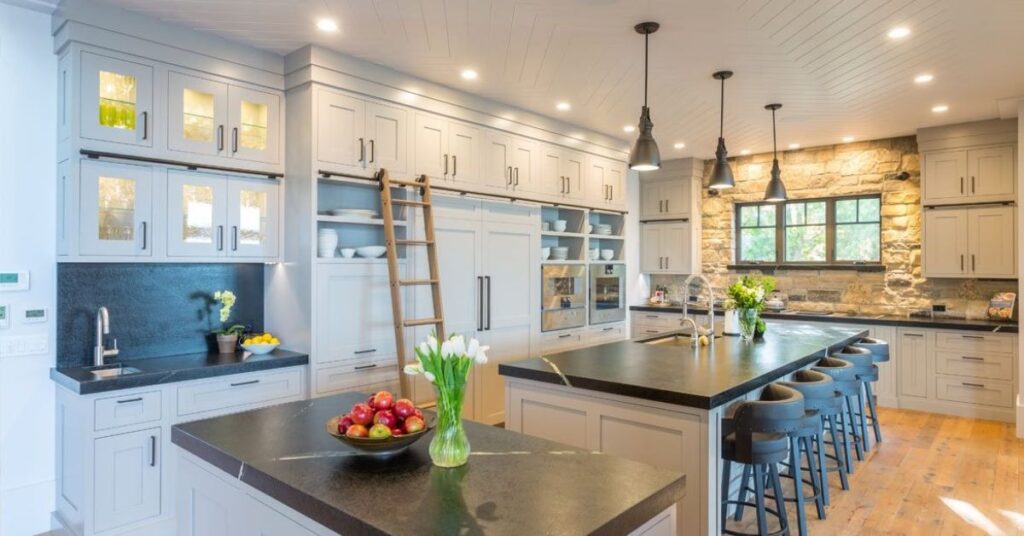
Renovating and remodeling “The Kitchen House” involves updating its design while preserving its historical charm. This process often includes modernizing appliances and fixtures to improve functionality, while carefully maintaining the original architectural elements and character that define the house.
The renovation might also include redevelopment of structural problems and energy efficiency by selecting ecological materials and constructing technologies. Meeting today’s functional requirements is vital while at the same time the historical specifications should be preserved in such a way that it allows the creation of a functional kitchen that shears the original image.
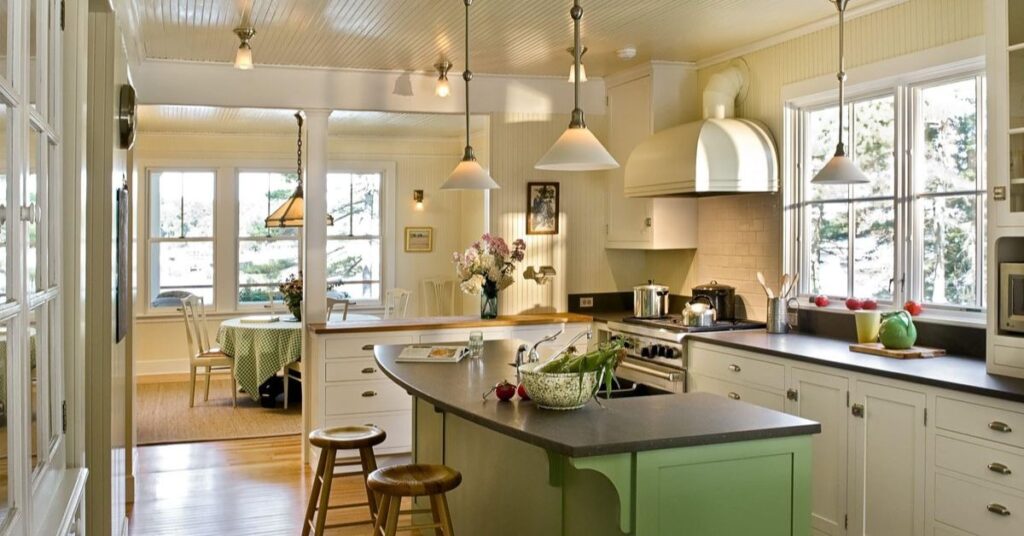
In “The Kitchen House,” light often symbolizes hope and redemption. It represents moments of clarity and personal growth, providing characters with a sense of optimism amid their struggles and challenges.
Light is used to reveal hidden truths and inner conflicts. It highlights moments of revelation and understanding, allowing characters and readers to see deeper aspects of their situations and relationships.
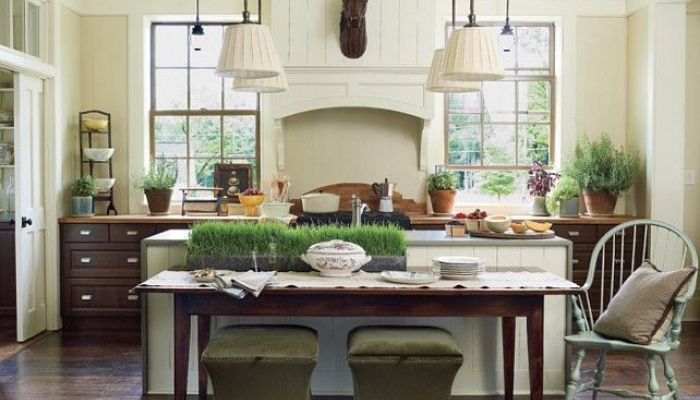
The presence or absence of light symbolizes the contrast between freedom and confinement. Bright, well-lit areas signify freedom and openness, while shadows and darkness often represent limitations and struggles.
Light reflects characters’ emotional and psychological states. For example, scenes bathed in light might signify moments of joy or clarity, while darker scenes suggest tension, fear, or confusion.
Light in the novel can also carry spiritual connotations, symbolizing guidance and inner peace. It often represents a connection to higher values or a search for meaning amidst the chaos of their lives.
Also Read This Blog: how deep are kitchen cabinets
The main themes in “The Kitchen House” include the exploration of family dynamics, identity, and the impact of slavery. It portrays how these themes intersect within the oppressive environment of a Southern plantation.
Key characters include Lavinia, an orphaned Irish girl, and Belle, an enslaved woman who acts as Lavinia’s surrogate mother. Their relationships drive the novel’s exploration of social and racial issues.
Yes, the follow-up is “Glory Over Everything: Beyond The Kitchen House,” which continues the story and expands on the themes introduced in the first book, focusing on the next generation.
The Kitchen House” is a work of historical fiction and is not based on a true story. However, it draws on real historical contexts and events to create a vivid depiction of life on a Southern plantation.
The novel titled The Kitchen House by Kathleen Grissom narrates the life of Lavinia, an Irish orphan who is a servant in a southern plantation in early nineteenth century. She was raised in the kitchen house among the slaves, and thus she has a bitter taste of the realities of race, affair and status in society. It focuses on the struggles of the protagonist as well as the fact of the identity of lives of people at the time of the plantations.